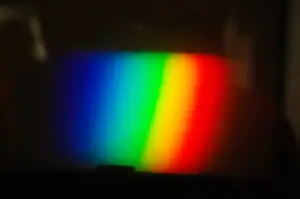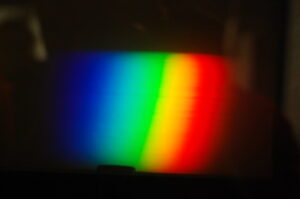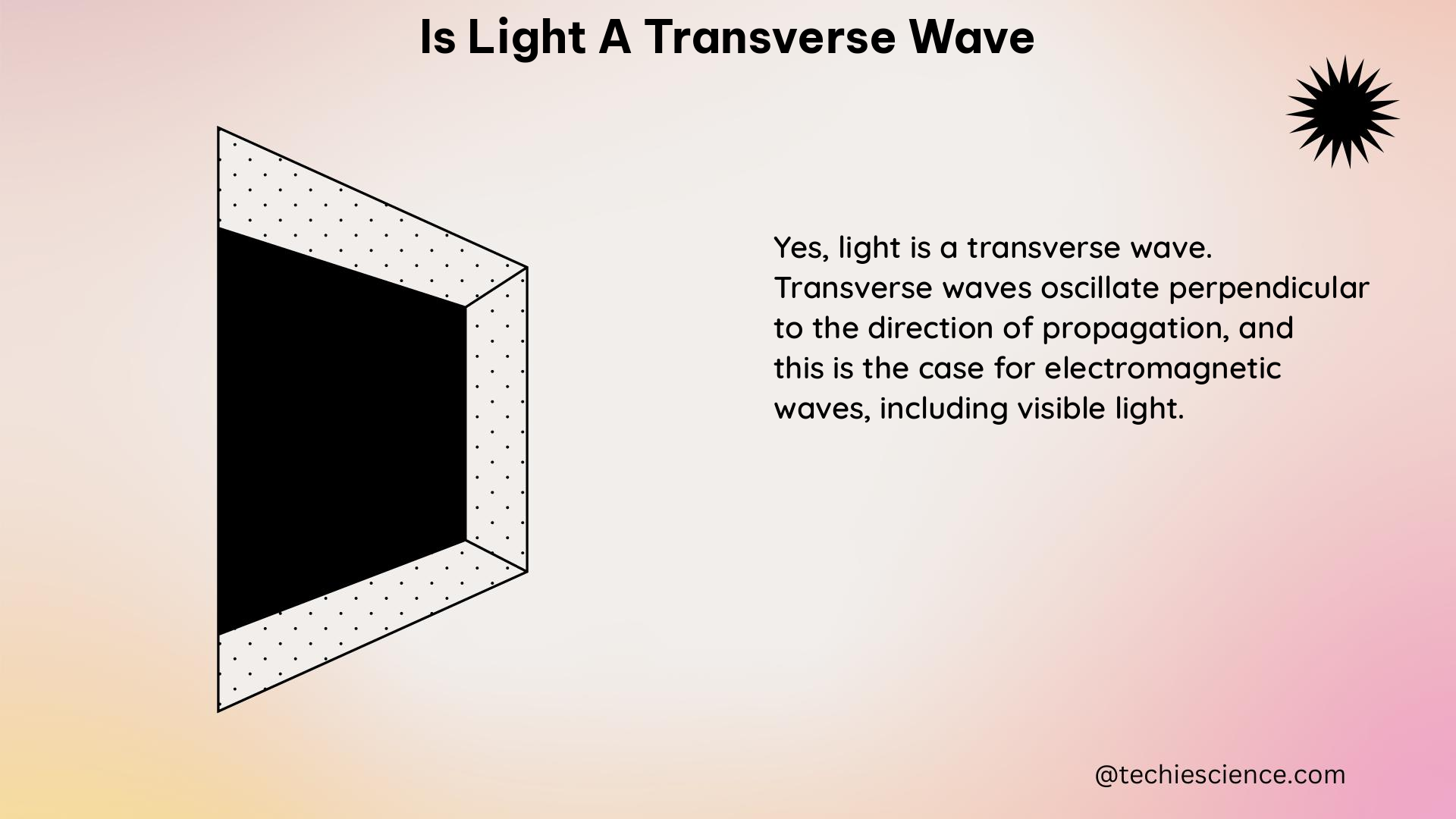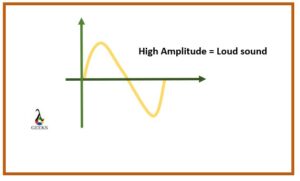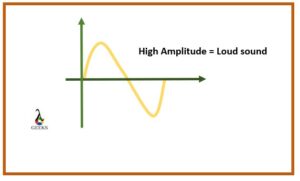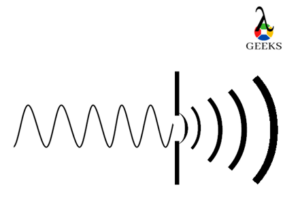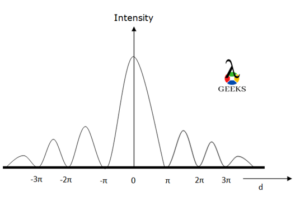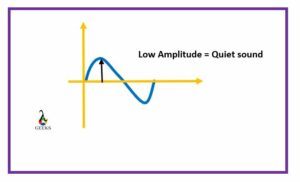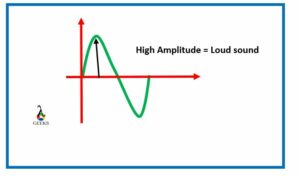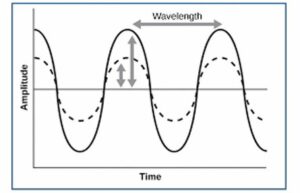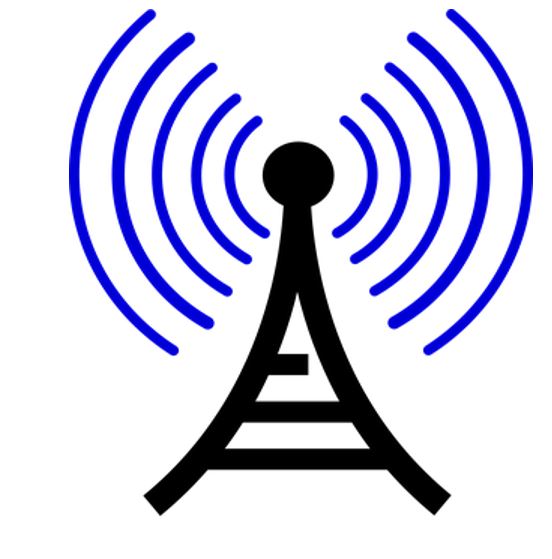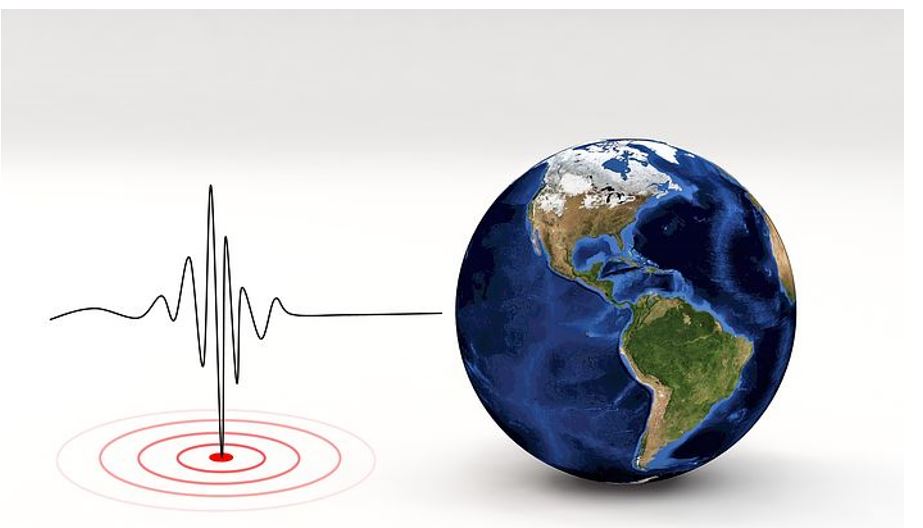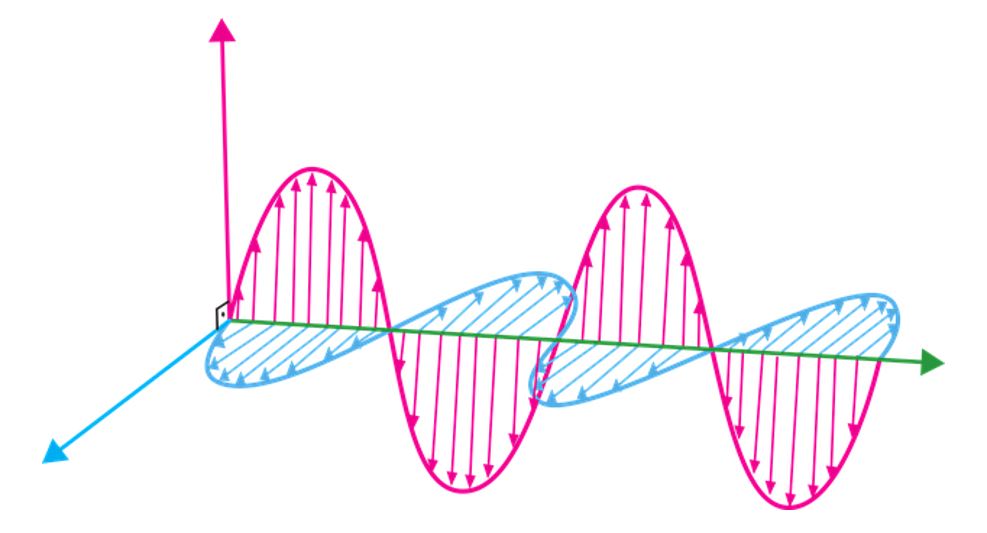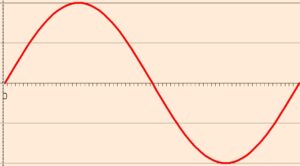In this article, we will elaborately discuss the differentiation between transverse wave vs longitudinal waves with a detailed explanation.
Depending upon the propagation of the waves with the vibrational motions of the particle, the waves are differentiated into two; the longitudinal waves and the transverse waves.
| Transverse Wave | Longitudinal Wave |
| The wave has crest and trough | The wave has compression and rarefaction |
| The propagation of a wave is parallel to the direction of motion of the vibrating molecules | The propagation of the wave is perpendicular to the direction of motion of the vibrating molecules |
| A transverse wave cannot travel through fluid and propagates from solid mediums and over the liquid surfaces | The longitudinal waves can travel through any medium whether it is solid, liquid, or gas |
| The propagation of the transverse waves depends upon the displacement of the vibrating molecules along with the distance | The propagation of the longitudinal wave depends upon the density of the medium |
| The graph for transverse wave will be displacement v/s distance graph | The graph for longitudinal wave will be density v/s distance graph |
| The density and pressure does not vary in this case | The pressure and the density of the waves is maximum in the region of compression and varies periodically |
| Examples of transverse waves are ripples on water, sunlight, electromagnetic waves, the vibration of string, oceanic waves, etc. | Examples of longitudinal waves are sound waves, drumming, thundering, earthquakes, tsunami, ultrasound waves, etc. |
| They are also called shear waves or S-waves | They are also called pressure waves, compression waves, primary waves or p-waves |
| The frequency and wavelength is constant throughout the propagation of a wave | The frequency of the wave is maximum at the region of compression |
| This wave acts in two dimensions, the propagation of the wave in one axis and the motion of particles in another | These waves act only in one dimension as the direction of wave and motion of the particle is in the same plane |
| A transverse wave can be polarized | Longitudinal waves can’t be polarized |
What is Transverse Wave?
A transverse wave penetrates in a direction making 90 degrees with the path due to the oscillations of particles.
Transverse waves are formed due to the vibration of particles. If the motion of particles vibrating is in the y-axis then the wave will propagate in the x-axis.
The transverse waves are also called the shear wave as these waves can lead to deformation of the object upon which these waves are traversed. They are sustained for the shortest distance and are not able to penetrate from fluid mediums although they travel over the liquids. They can travel only from solid state.
Read more on 4+ Refraction Of Waves Examples: Detailed Insight And Facts.
What is a Longitudinal Wave?
The motion of the longitudinal waves is along the path traversed by the vibrating particles.
The energy of the vibrating molecules is transmitted to the subsequent molecules in the path, and hence the wave propagates along with it.
The longitudinal waves can travel through any medium and hence travels at a longer distance. Unlike the transverse wave, the longitudinal wave consists of regions of compression and rarefaction instead of trough and crest respectively. The density of waves is highest at the compression than that of rarefaction.
Difference between frequency and wavelength of a transverse wave and longitudinal wave
The wavelength of a transverse wave is a length between two subsequent crests or troughs and is consistent with time throughout the propagation. The amplitude of the wave may decrease at the time of vanishing but the wavelength is constant. The frequency of the transverse wave remains constant through the propagation of the wave.
The frequency of the longitudinal wave is highest in the compression region than that of rarefaction. The density of the wave is less in the region of rarefaction and hence the pressure is the minimum, whereas, the pressure is more where the density of the waves is more. Due to the pressure difference the heat is generated, hence constant temperature conditions are required which is essential for the propagation of waves at a longer distance.
Read more on Effect Of Refraction On Frequency: How, Why Not, Detailed Facts.
What are seismic waves?
Seismic waves are of two types, s-wave, and p-waves. The s-wave is a transverse wave and the p-wave is a longitudinal wave.
Seismic waves are generated due to the plate tectonic activities like an eruption of magma, plate movement causing convergent or divergent plates, earthquakes, landslides, explosives, etc.
These are low frequency waves that are mostly not even felt by human beings. Seismometers are used to trace the wave to get alerts of activities beneath the Earth’s crust. Well, a p-wave called a primary wave is the first to trace in the seismometer which is a longitudinal wave. As the molten magma rises upward the movement of the particles produces vibrational waves. The longitudinal waves are capable to pass any medium, thus crossing the asthenosphere, and are traced on seismometers that give the evidential alert of volcanic activities before the myth hit the surface crust.
Whereas, the shear waves are not able to penetrate the liquid state asthenosphere which is rich in tetrahydrate molten magma. Unable to traverse through, the s-wave also called secondary waves can travel only through the solid rocks. It gives an idea of only the activities happening on the Earth’s crust.
Read more on Effect Of Refraction On Wavelength: How, Why, Detailed Facts.
Direction of Propagation of Transverse Waves and Longitudinal Waves
If the oscillation of the particles is on the y-axis then the transverse wave will propagate on the x-axis. The transverse wave always travels at an angle of 90 degrees to the motion of the vibrating particles.
If the oscillation of the particle is in the x-axis then the longitudinal wave will travel on the x-axis. The longitudinal wave travels in a plane making an angle of 180 degrees to the direction of motion of vibrating molecules.
Polarization of Transverse and Longitudinal Wave
Polarization is a method to avoid the vibrations of a wave by restricting it to one direction of propagating.
The source is said to the polarized if the vibrations from the incident source are confined only in one direction on polarization.
The transverse waves when passed from one vertical slit and one horizontal slit, the waves will traverse unpolarized from the first slit and on proceeding to the horizontal slit; no vibrations of the particle will pass through giving zero amplitude of a wave. Hence, the transverse waves can be polarized.
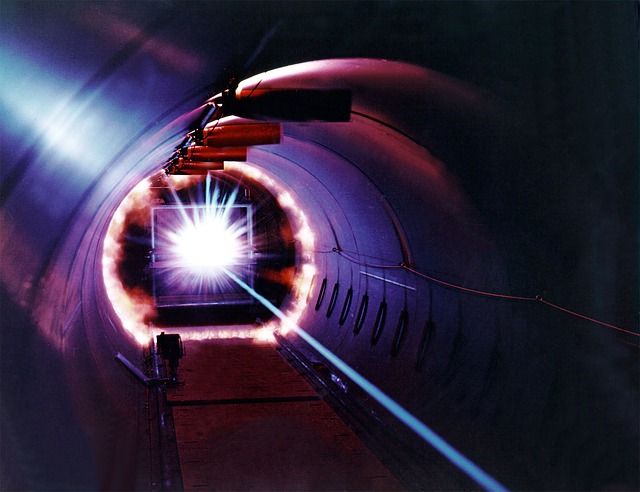
Image Credit: Pixabay
When the longitudinal waves are made incident on the slits with the same position instead of transverse waves, the wave passes through both the slits without getting polarized.
Read more on Perpendicular Polarization: Several Entities And Facts.
Graph of a Transverse Wave and Longitudinal Wave
The graph of transverse wave can be plotted as a displacement of the wave due to the vibrational pattern of the particles v/s the distance traveled by the wave.

The graph shows the variations of the wave along with the distance. The transverse wave can also be plotted in a graph of displacement v/s time to show the displacement of the wave over time.
As the density of the waves varies in the longitudinal waves, the variations of the density due to the compression and rarefaction of the wave are observed by plotting a graph of density v/s distance as shown below for longitudinal waves.

The above graph shows the variations in the density of the waves due to compression and rarefaction of the wave along with the distance.
Frequently Asked Questions
Q1. A brass wire of length 100 cm is plucked applying a tension of the string of 250N. The mass of the string is 0.25 grams. Calculate the speed of the transverse wave generated on the wire.
Given: m=1.25 grams
T=250N
L=100cm=1m
The mass per unit length is m/l=1.25/1=1.25 grams
The speed of the transverse wave is given by the equation
v=√T/m
v=√(250N/1.25g)
v=200m/s
The speed of the transverse wave is 200 m/s.
What is the wavelength of the transverse wave?
A wave is made up of crest and the trough.
The wavelength of the transverse wave is the displacement of the particle to complete one oscillation. On a graph, it is the path length between crests or troughs.
What are compression and rarefaction?
The compression and rarefaction of a wave are formed due to the pressure difference experienced in the wave propagation.
This is due to the fact that the density of the waves in the compression region is more where the pressure felt is more as compared to the region of rarefaction.
If the propagation of the transverse wave is in the y-direction, then in which direction do the particles move?
The propagation of the wave makes 90 degrees angle with the path traced by the vibrating particles.
Hence, the movement of the particle has to be in the y-z plane, as both the planes are perpendicular to the x-directional axis.
Which waves are produced during a tsunami?
The longitudinal, as well as the transverse waves, are produced due to tsunami.
The transverse waves are generated in the oceanic floor due to the secondary waves produced from the oceanic floor. These transverse waves are then converted into longitudinal waves as they approach the seashore.
Why transverse waves can propagate only from solid mediums and not from gaseous mediums?
A transverse wave propagates through solids and on the surface of liquids.
A transverse wave is generated through the deformation of the solid as the solid has a shear modulus and therefore they undergo stress, liquid or gases do not possess this as they don’t have a definite shape.
Also Read:
- How does a microwave sensor work
- How to calculate the energy of seismic waves
- Electromagnetic waves types
- What is the speed of a transverse wave
- How are light waves produced
- How to measure energy in a gravitational wave detector
- Does amplitude of wave change
- Are transverse waves mechanical
- Sound wave equations
- Destructive interference of wave example





